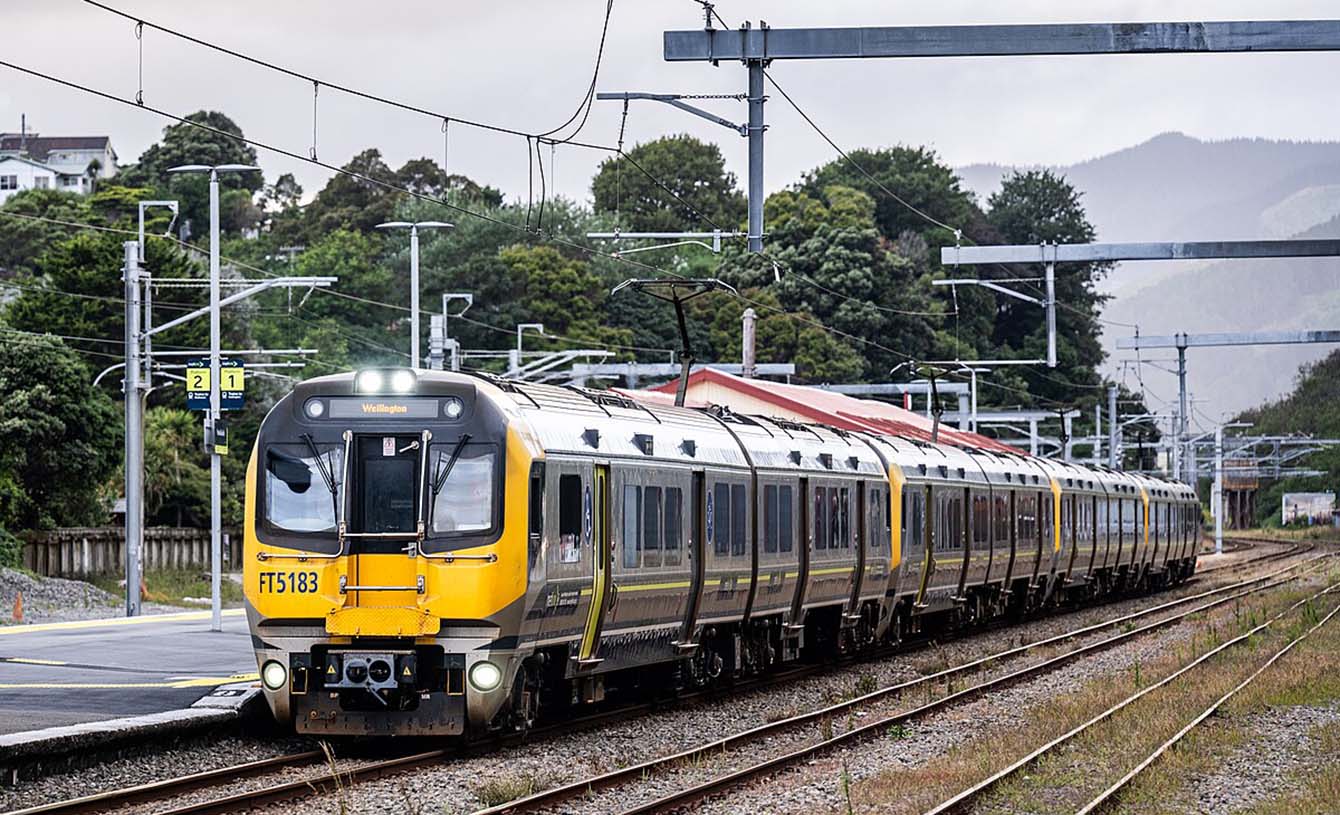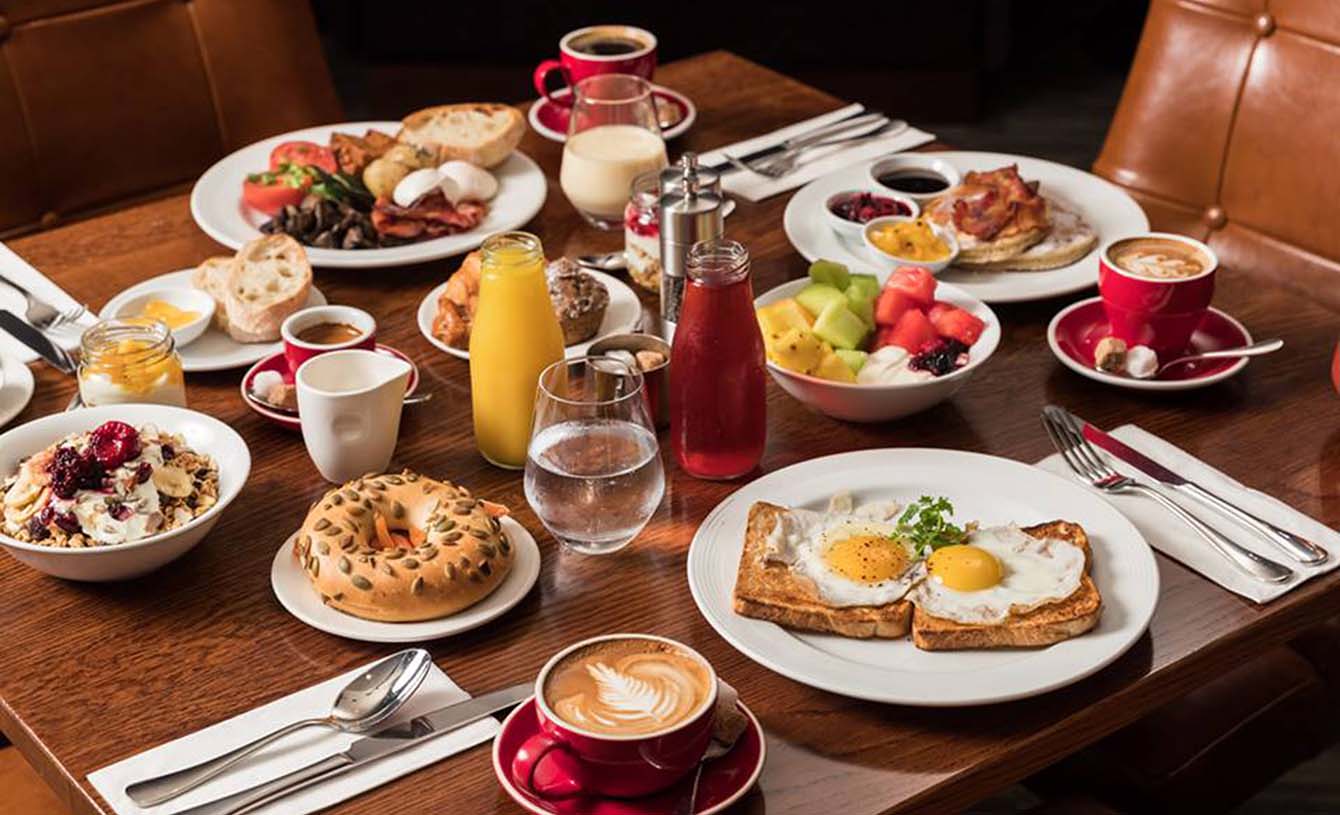Wellington, the capital city of New Zealand, is known for its stunning landscapes, vibrant cultural scene, and bustling waterfront. On my recent trip, I found it easy to get around thanks to the city’s efficient public transport system. Wellington’s buses, trains, ferries, and cable cars provide a variety of ways to explore the city and its surroundings without the need for a car.
Arrival in Wellington: Getting My Bearings
When I first arrived in Wellington, I was keen to explore the city but also wanted to keep my travel costs low. I knew renting a car would be unnecessary given the excellent public transport network, so I opted to rely on buses, trains, and the iconic Wellington Cable Car.
Upon landing at Wellington International Airport, I immediately noticed how conveniently connected the airport is to the city center. The Airport Flyer Bus (Route 91) is a reliable and cost-effective way to get into the heart of the city. The bright yellow bus runs every 20 minutes, and for about NZD 12, it takes passengers directly to the Wellington Railway Station. I found it a comfortable and scenic way to start my journey, passing through key areas like Kilbirnie, Courtenay Place, and Lambton Quay.
The bus was spacious and had luggage racks, which made traveling with my suitcase a breeze. It was also equipped with free Wi-Fi—perfect for quickly mapping out my first day in the city. I highly recommend the Airport Flyer to any visitor arriving in Wellington.
Getting Started: Wellington’s Snapper Card
One of the first things I did upon arriving in the city center was purchase a Snapper card, Wellington’s answer to the London Oyster card or Sydney’s Opal card. The Snapper card is a pre-paid contactless smart card used for buses, making traveling around the city both affordable and convenient. You can buy a Snapper card at convenience stores, supermarkets, and kiosks throughout the city. I bought mine at a New World Supermarket near the Wellington Railway Station for NZD 10 (which includes NZD 2 worth of travel credit).
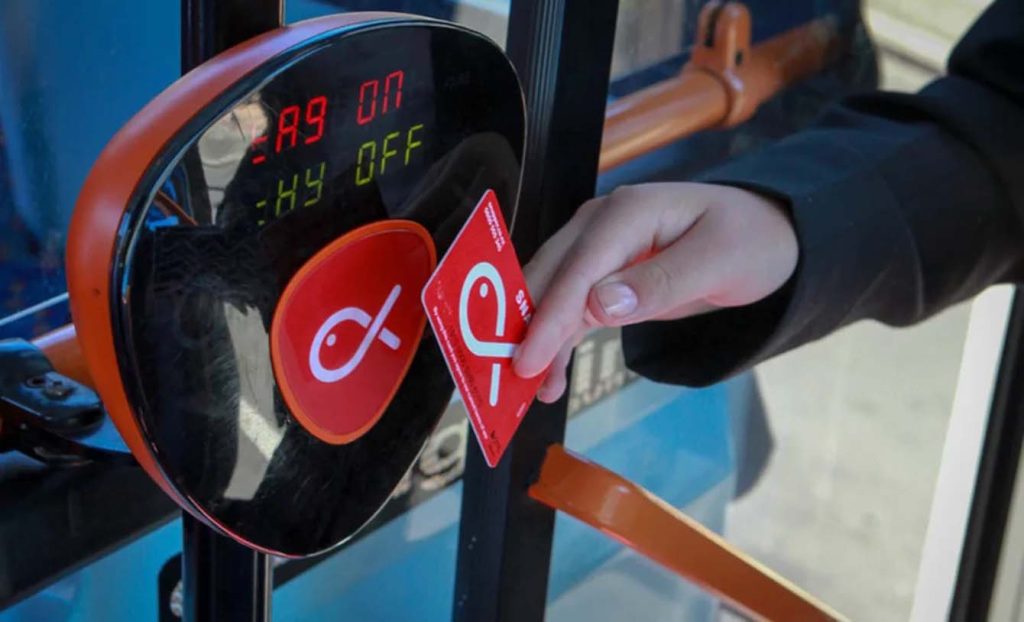
Using the Snapper card is straightforward—just tap on when you board the bus and tap off when you leave, and the fare is automatically deducted based on the distance traveled. Fares are cheaper when using a Snapper card compared to cash, so it’s definitely worth getting if you plan to use public transport regularly.
Exploring the City by Bus
Wellington’s bus system is extensive, covering the city and its suburbs. Whether you’re heading to the central business district, the vibrant Cuba Street, or the lush Botanic Gardens, there’s likely a bus route that can take you there.
My first bus ride was to Mount Victoria, one of the city’s most famous viewpoints. I hopped on the Route 20 bus from Courtenay Place, which was just a short walk from my hotel. The bus was punctual, clean, and easy to navigate. I tapped my Snapper card and grabbed a seat near the window, eager to see the views as we made our way up the hill.
Once at the top of Mount Victoria, the sweeping panoramic view of Wellington was breathtaking. The lookout offers a 360-degree view of the city, the harbor, and the distant Rimutaka Mountain Range. It was the perfect start to my trip and a great way to get a sense of the city’s layout.
On another day, I took the Route 2 bus to Wellington Zoo in the suburb of Newtown. The bus route winds through residential areas and parks, offering a glimpse into local life. The zoo itself is home to a wide range of animals, and I spent a relaxing afternoon wandering around and enjoying the exhibits. The bus ride there and back was simple, with buses running frequently enough that I never had to wait long.
Riding Wellington’s Iconic Cable Car
No trip to Wellington would be complete without a ride on the famous Wellington Cable Car. This historic cable car runs from Lambton Quay up to the Kelburn Lookout, offering stunning views of the city and Wellington Harbour. The cable car is both a tourist attraction and a mode of transport for locals who live in the Kelburn area.
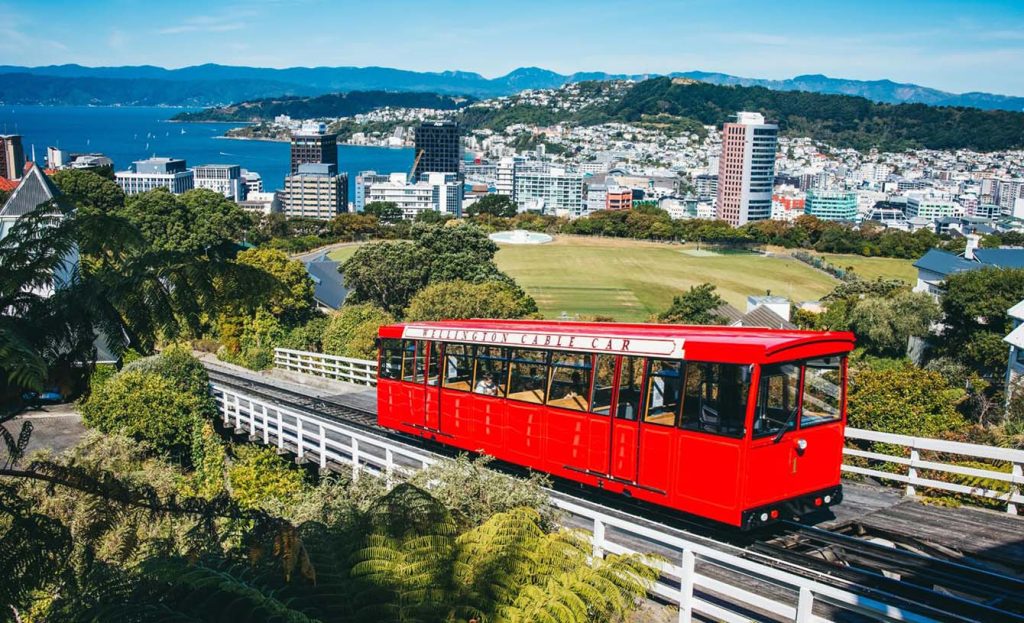
I boarded the cable car from its lower terminal in the bustling Lambton Quay shopping district. The ride was short but sweet, taking just five minutes to reach the top. Along the way, we passed through tunnels adorned with colorful light displays—a fun and unexpected touch. Once at the top, I was greeted by panoramic views of the city, and I spent time exploring the Cable Car Museum and walking through the tranquil Botanic Garden.
The cable car costs NZD 5 for a one-way trip or NZD 9 for a return ticket. You can pay with cash or buy tickets online in advance, but I found it easiest to purchase my ticket at the terminal. If you’re planning to visit the Botanic Gardens, a ride on the cable car is a must, as it drops you off right at the entrance.
Trains: Connecting Wellington to its Surrounding Areas
While buses and the cable car are ideal for getting around Wellington city, the train is perfect for exploring nearby towns and suburbs. Wellington’s suburban train network connects the city to Upper Hutt, Johnsonville, Porirua, and Kapiti Coast, making it easy to take day trips out of the city.
One of my favorite train journeys was to Porirua, a coastal town just 20 minutes north of Wellington. I caught the Kapiti Line train from Wellington Railway Station, which is the main hub for the city’s trains. The station itself is a beautiful historic building with a grand facade, worth a visit even if you’re not taking a train.
The train ride was smooth and scenic, hugging the coastline as we passed through lush hills and small towns. Once in Porirua, I visited Pataka Art + Museum, a contemporary art gallery and museum celebrating Maori and Pacific Island culture. Afterward, I wandered along the waterfront, enjoying the laid-back atmosphere and stunning views.
Fares on Wellington’s trains are reasonable, and you can pay with either cash or an EZ Link card, which is similar to the Snapper card but used for trains. Tickets for longer journeys, such as to Paraparaumu or Waikanae, can also be purchased online or at the station.
Ferry Services: Exploring Wellington Harbour
Wellington’s ferry services offer a unique way to see the city from the water. The East by West Ferry is the primary service, connecting Queens Wharf in the city center to Days Bay and Matiu/Somes Island. I decided to take a ferry ride to Days Bay for a relaxing afternoon by the water.
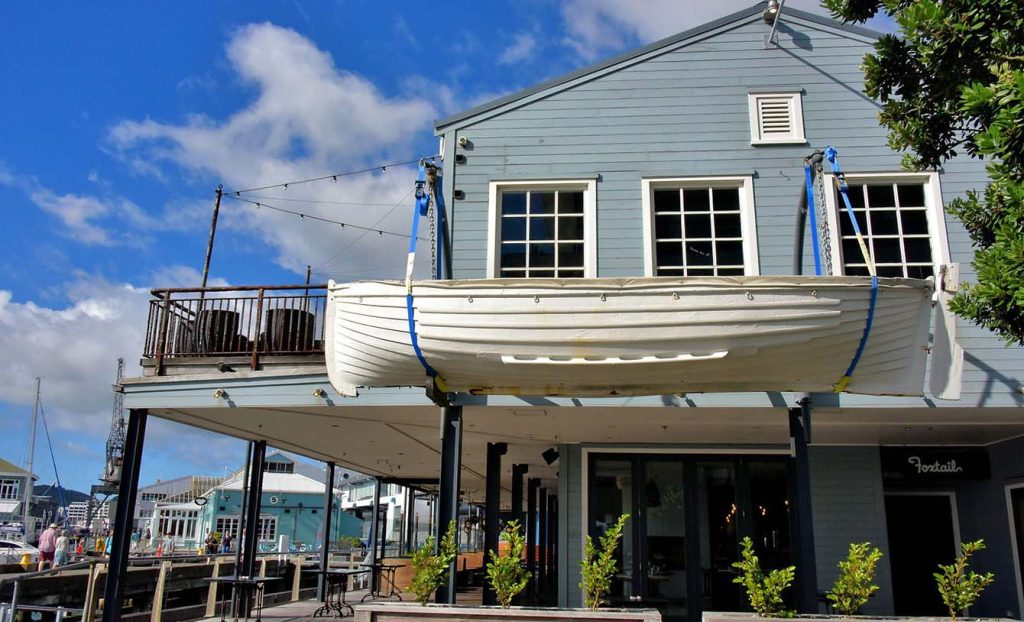
The ferry ride itself was a highlight of my trip, offering stunning views of the city’s skyline, the Beehive (Wellington’s parliament building), and the surrounding hills. The round-trip ticket cost around NZD 25, and the journey took about 25 minutes each way. Days Bay is a charming seaside suburb with a small beach, cafes, and walking trails. I spent a few hours there, enjoying the fresh sea air and taking a leisurely walk through East Harbour Regional Park before catching the ferry back to the city.
The ferry also stops at Matiu/Somes Island, a small island in the middle of Wellington Harbour that is a protected wildlife sanctuary. I didn’t have time to visit on this trip, but it’s high on my list for next time.
Practical Tips for Navigating Wellington’s Public Transport
Here are a few practical tips that I learned while using Wellington’s public transport system:
- Get a Snapper Card: If you’re planning to use buses frequently, a Snapper card is a must. It saves you money on fares and makes traveling around the city a breeze. You can top up your card at numerous locations, including convenience stores, supermarkets, and Snapper kiosks.
- Plan Ahead: Wellington’s public transport is reliable, but services can be less frequent in the evenings and on weekends. Use the Metlink app or website to check bus and train schedules and plan your journeys accordingly.
- Wear Comfortable Shoes: Wellington is a hilly city, and while public transport can take you most places, there will still be plenty of walking involved. Comfortable shoes are a must, especially if you plan to explore the city’s many parks and lookouts.
- Take Advantage of Off-Peak Fares: Wellington’s public transport system offers cheaper fares during off-peak hours, which are weekdays before 7:00 am and after 9:00 am, and weekends. If you can, plan your journeys to take advantage of these reduced fares.
- Enjoy the Scenic Rides: Whether you’re on a bus, train, or ferry, Wellington’s public transport offers stunning views at every turn. Keep your camera handy—you’ll want to capture the city’s beauty from all angles.
Wellington’s public transport system is efficient, affordable, and offers a unique way to experience the city. Whether you’re taking a scenic ferry ride across the harbor, catching a bus to a hilltop lookout, or hopping on the historic cable car, getting around Wellington is easy and enjoyable. During my stay, I found public transport to be the perfect way to explore the city’s many attractions.
